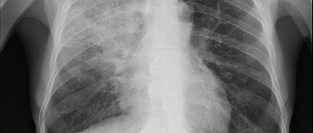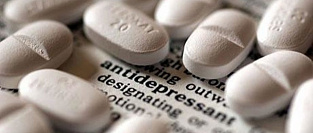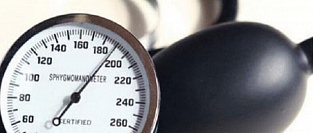ЧКВ все еще не влияет на твердые конечные точки при стабильной ангине в сравнении с ОМТ
Original Article
Percutaneous Coronary Intervention Versus Optimal Medical Therapy in Stable Coronary Artery Disease
A Systematic Review and Meta-Analysis of Randomized Clinical Trials
Seema Pursnani, MD, MPH, Frederick Korley, MD, Ravindra Gopaul, MBA, MPH, Pushkar Kanade, MBBS, MPH, Newry Chandra, MBBS, MPH, Richard E. Shaw, PhD, MA and Sripal Bangalore, MD, MHA
Author Affiliations
From the Johns Hopkins Bloomberg School of Public Health, Baltimore MD (S.P., F.K., P.K., R.G., N.C.); California Pacific Medical Center, San Francisco, CA (S.P., R.S.); and Division of Cardiology, New York University School of Medicine, New York, NY (S.B.).
Correspondence to Sripal Bangalore, MD, MHA, FSCAI, FACC, Cardiac Catheterization Laboratory, Cardiovascular Outcomes Group, Cardiovascular Clinical Research Center, New York University School of Medicine, The Leon H. Charney Division of Cardiology, New York, NY 10016. E-mail sripalbangalore@gmail.com
Next Section
Abstract
Background—The role of percutaneous coronary intervention (PCI) in the management of stable coronary artery disease remains controversial. Given advancements in medical therapies and stent technology over the last decade, we sought to evaluate whether PCI, when added to medical therapy, improves outcomes when compared with medical therapy alone.
Methods and Results—We performed a systematic review and meta-analysis, searching PubMed, EMBASE, and CENTRAL databases, until January 2012, for randomized clinical trials comparing revascularization with PCI to optimal medical therapy (OMT) in patients with stable coronary artery disease. The primary outcome was all-cause mortality, and secondary outcomes included cardiovascular death, nonfatal myocardial infarction, subsequent revascularization, and freedom from angina. Primary analyses were based on longest available follow-up with secondary analyses stratified by trial duration, with short-term (≤1 year), intermediate (1–5 years), and long-term (≥5 years) time points. We identified 12 randomized clinical trials enrolling 7182 participants who fulfilled our inclusion criteria. For the primary analyses, when compared with OMT, PCI was associated with no significant improvement in mortality (risk ratio [RR], 0.85; 95% CI, 0.71–1.01), cardiac death (RR, 0.71; 95% CI, 0.47–1.06), nonfatal myocardial infarction (RR, 0.93; 95% CI, 0.70–1.24), or repeat revascularization (RR, 0.93; 95% CI, 0.76–1.14), with consistent results over all follow-up time points. Sensitivity analysis restricted to studies in which there was >50% stent use showed attenuation in the effect size for all-cause mortality (RR, 0.93; 95% CI, 0.78–1.11) with PCI. However, for freedom from angina, there was a significant improved outcome with PCI, as compared with the OMT group (RR, 1.20; 95% CI, 1.06–1.37), evident at all of the follow-up time points.
Conclusions—In this most rigorous and comprehensive analysis in patients with stable coronary artery disease, PCI, as compared with OMT, did not reduce the risk of mortality, cardiovascular death, nonfatal myocardial infarction, or revascularization. PCI, however, provided a greater angina relief compared with OMT alone, larger studies with sufficient power are required to prove this conclusively.



















